Introduction
Being neurodivergent has brought both gifts and challenges throughout my life. From my earliest memories, I felt I moved through the world at a different pace than others. Sometimes, this difference felt like a blessing; other times, it seemed like a burden. The question always stayed with me: was this divergence a valuable pearl or a poison that would hold me back?
Childhood: Energy Uncontained
In elementary school, my teachers often called me “energetic,” a term that acted as both a compliment and a complaint. I was the child who struggled to sit still long enough to neatly trace letters on lined paper or to listen quietly to a full lesson. “Just let him run it off,” they told my parents, as if my endless energy could be spent away on the playground. At that time, I didn’t fully understand what made me different. I only knew my thoughts came in bursts—bright, colorful, and quick—like fireworks lighting up the night sky. But fireworks can be distracting as well as beautiful. I often found myself staring out the classroom window, daydreaming, while others moved ahead with their lessons.
Despite the challenges, there was also a hidden richness in those early years. My imagination was a constant companion. While other kids copied from the blackboard, I created entire worlds in my mind. I invented stories, characters, and possibilities that extended far beyond the small classroom. In those moments, being different felt like a treasure. Yet the same qualities that fueled my creativity also made me the child who forgot instructions, lost homework, and needed constant redirection. The dual nature of my neurodivergence was already evident—treasure entwined with struggle.
Adolescence: On the Edges
High school brought new difficulties. I was not an outcast; I often found myself included in groups and activities. Yet I held a strange position—both “part of” and “apart from.” Friends described me as thoughtful, sometimes aloof, often caught in daydreams when conversations demanded attention. Teachers noted I was “unfocused,” “capable but inconsistent.” I could excel in subjects that interested me, but otherwise, I drifted.
Inside, I battled self-doubt. Why did I struggle to finish tasks that seemed easy for others? Why did concentration slip away the moment I tried to force it? I began to recognize the shadow side of my divergence. My creativity and curiosity were pearls, but they came wrapped in the poison of distraction and frustration.
Even during those adolescent years, there were moments of grace. Music, poetry, and spirituality stirred something deep within me. I often sat in quiet corners, reading Scripture and philosophy, contemplating life’s mysteries others sometimes didn’t understand. While my peers focused on grades and popularity, I found myself pondering meaning and purpose. Was this longing part of my difference—or perhaps the hidden gift within it?
Early Adulthood: Collision with Structure
As I entered adulthood, I faced the rigid world of corporate settings. Here, the tension between pearl and poison became painfully clear. Business environments demanded clear thinking, regular performance, and strict adherence to hierarchy. These expectations clashed with my restless energy and reflective nature.
I worked hard, but my spirit felt constrained by layers of management and career paths. I chased the “next move,” the promotion, the external signs of success, but I often felt drained inside. The very traits that once fueled my childhood creativity now felt like drawbacks in offices and meetings. I could come up with ideas, but struggled to follow through. I could see possibilities, but felt stifled by procedures. What others dubbed “ambition” in me was less about climbing the ladder and more about seeking meaning.
During this time, the question became urgent: Was my neurodivergence an enemy to control, or could it be a companion on my deeper journey?
India: A Turning Point
In 1998, at age thirty-seven, I took a six-week journey through India. This was not a simple vacation; it was a deliberate break from the endless cycle of work, achievement, and expectation. India, with its ancient rituals and living traditions, invited me to slow down.
Amid the fragrant temples of Hindu devotion and the quiet corners of Christian reflection, I found the solace I had long sought. The noise of my restless mind began to ease against the backdrop of ancient chants, sacred rivers, and endless faith-filled processions. For the first time, I felt the possibility of stepping away from the frantic pace that had consumed me.
In those weeks, the pearl within my divergence sparkled more clearly. My reflective tendencies—once labeled as “daydreaming”—became gateways to prayer and inner peace. The longing for meaning that had isolated me in my youth now connected me to the vast spiritual traditions of humanity. It was in India that I felt a call to pursue seminary and ultimately ordination in the Episcopal priesthood.
Wrestling with the Mind
Yet as I deepened my spirituality, my diagnoses still loomed. Attention Deficit Disorder (ADD), Attention Deficit Hyperactivity Disorder (ADHD), Impulse Control Disorder (ICD), and anxiety remained companions I could not escape. I tried medications—Ritalin and its alternatives—but while they quieted my racing thoughts, they dulled my spirit. Under medication, I became a shadow of myself—quiet but lifeless, orderly but joyless. Friends described me as “zombie-like.” I knew this wasn’t the solution.
Instead, I turned to other tools. Neuro-Linguistic Programming (NLP), which a Methodist minister introduced to me years earlier, offered a way forward. Through mental exercises, reframing, and intentional practices, I learned to manage my attention, redirect my impulses, and find calm. It wasn’t perfect. I still faced days of struggle, moments of anxiety, and the occasional slip into distraction. But it was manageable. More importantly, it allowed me to remain myself—to keep my energy, creativity, and passion—without being overwhelmed by them.
Renewal and Self-Actualization
With these practices in place, I felt renewed, grounded, and free to pursue the life I sensed God wanted for me. This inner stability became a springboard for greater creativity, spiritual depth, and service. I could channel my divergent energy into writing, preaching, and exploring new ideas. I could travel the world, not as someone running from myself, but as someone expanding his horizons in search of deeper truths.
Maslow’s hierarchy of needs came alive for me. After navigating struggles with survival, belonging, and esteem, I touched the edges of self-actualization. This wasn’t about ego or self-aggrandizement, but about living authentically and sharing my gifts to help others. My neurodivergence, once feared as poison, revealed itself as a pearl—the source of my creativity, my spirituality, and my relentless pursuit of meaning.
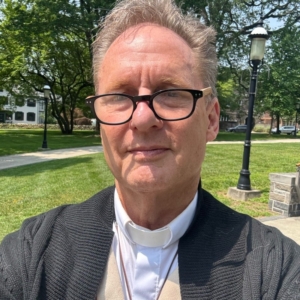
The Rev. Dr. Chip Graves is an Episcopal priest, academic, author, and spiritual leader based in New Jersey, known for advancing inclusive, compassionate communities. He leads programs on leadership development, personal growth, ethical decision-making, and Christian spirituality, equipping people to lead with integrity and purpose—often in faith-based settings. His work supports international ministries in education, medicine, and gender equality across India, Kenya, Ghana, and Mexico. Dr. Graves holds an MBA in International Business (Thunderbird), an M.Div., and a D.Min. from Virginia Theological Seminary, and is the author of All Is Well: The Power of Narrative Theology, Orthodoxy: The True Nature of Jesus Christ, Mysterium: The Hidden Christ Revealed, and Theotokos: The Mother of God.
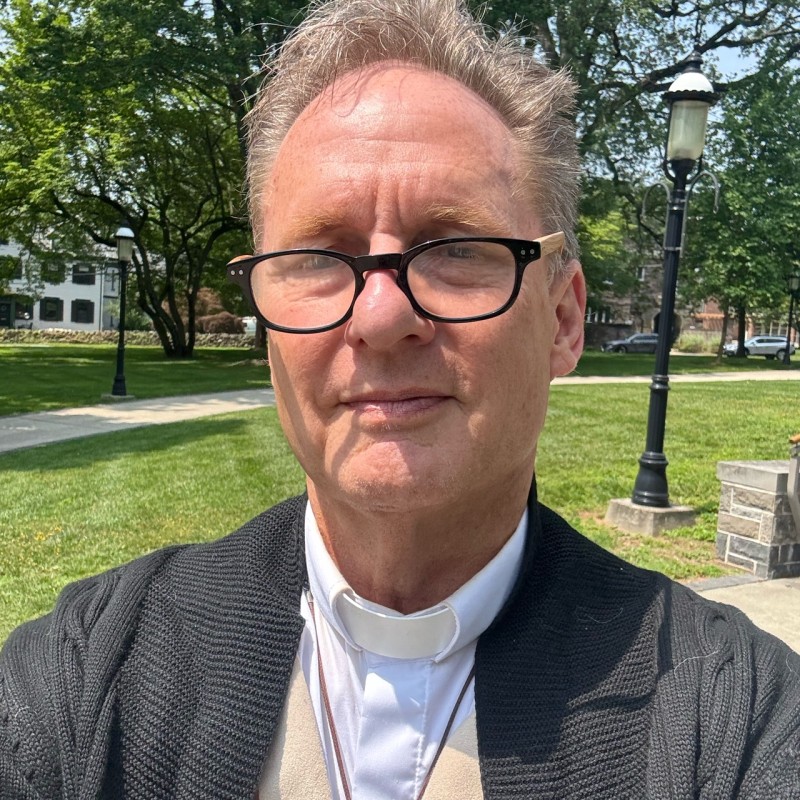
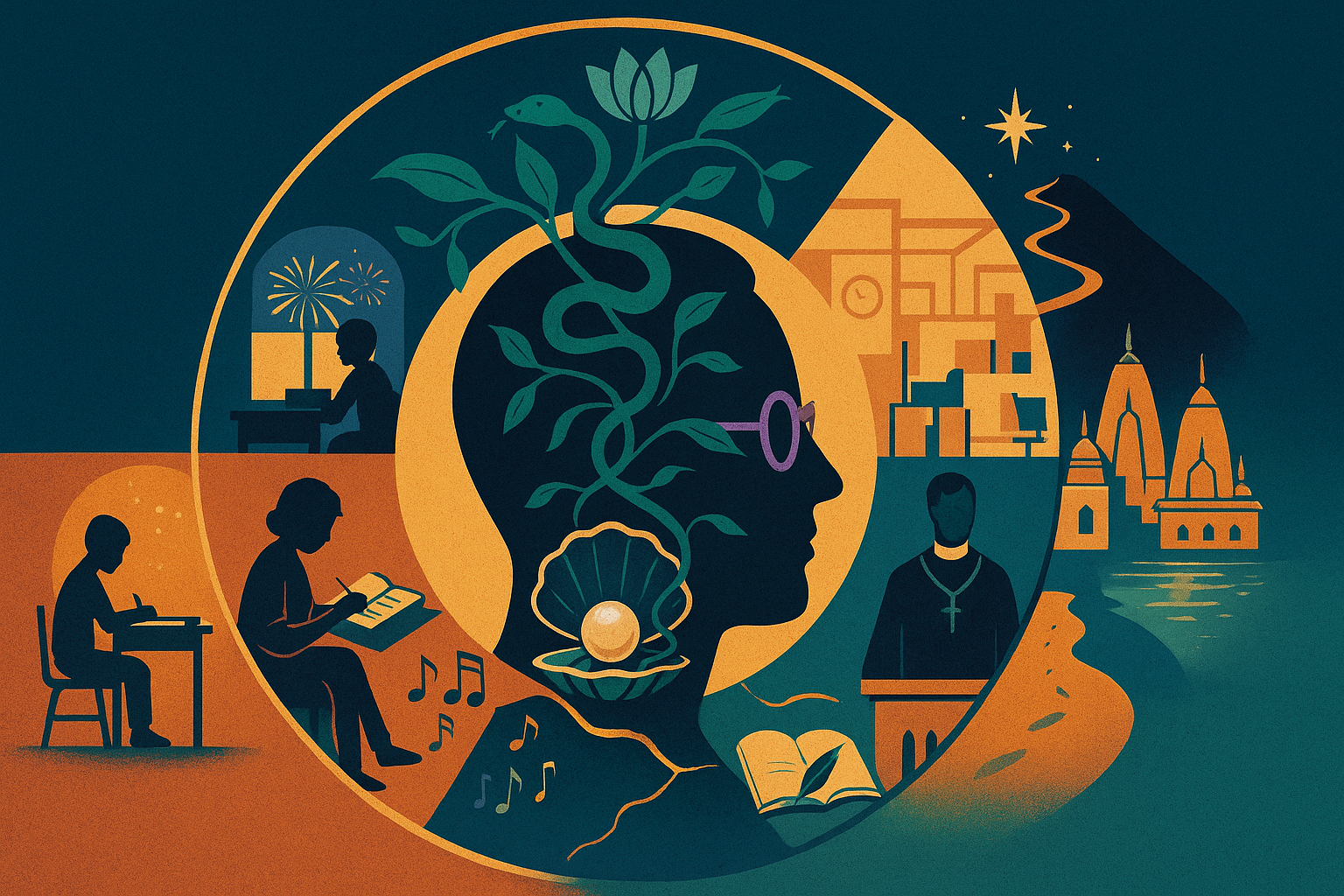
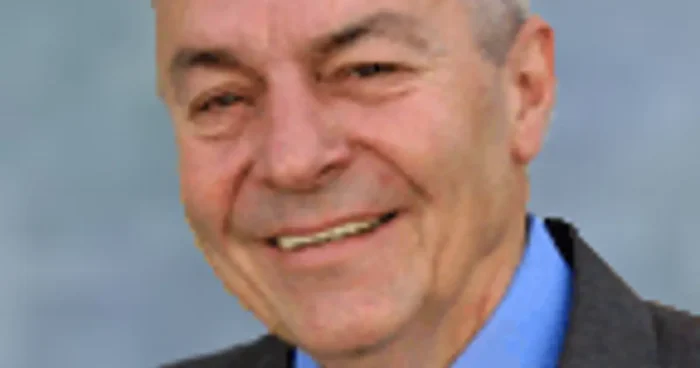
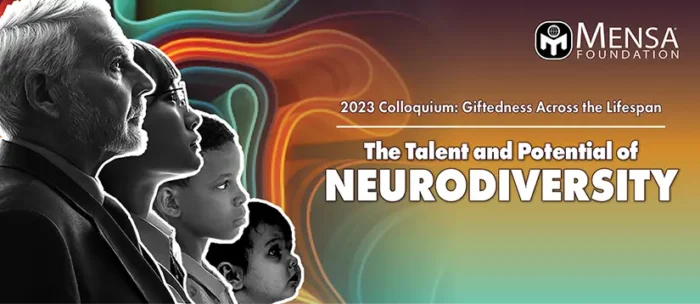
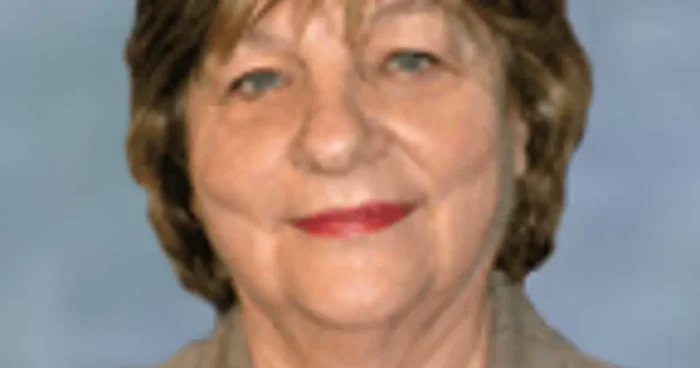




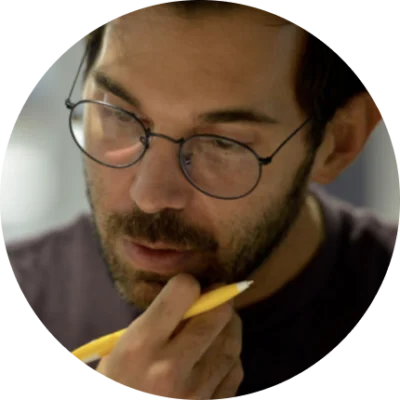
Comments (0)